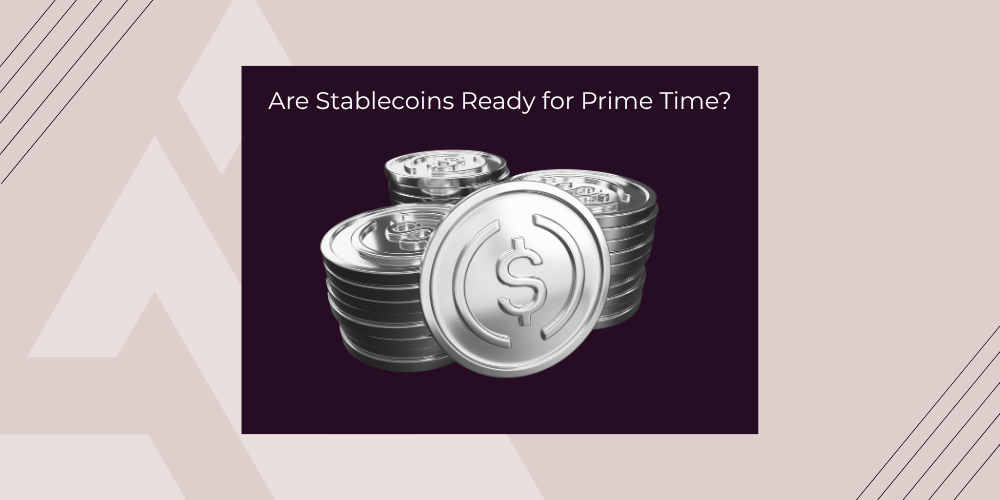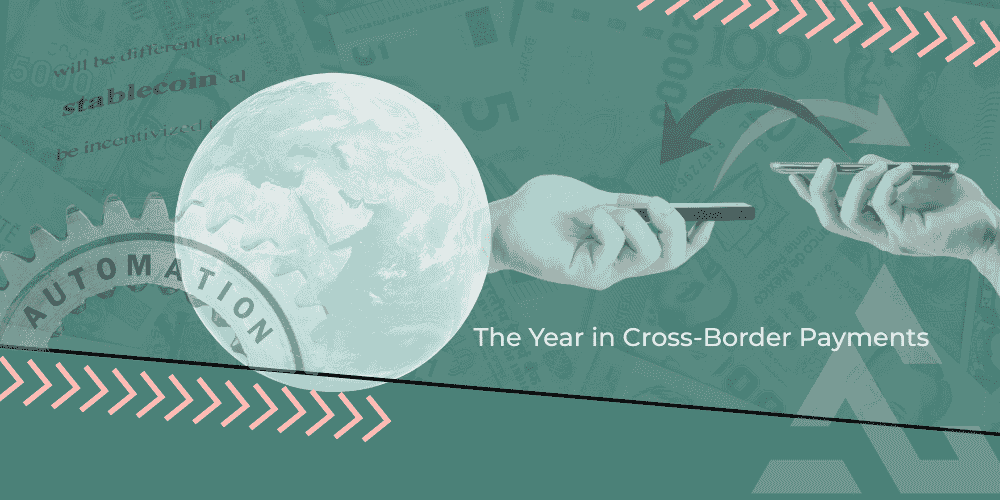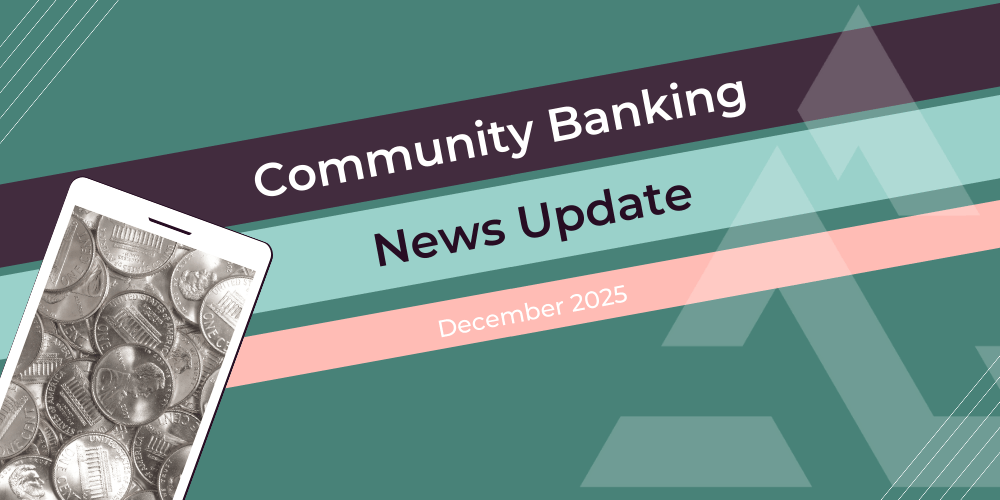The Year in Cross-Border Payments and Correspondent Banking
International wire automation, stablecoins, wallets, and AI reshape global money movement What a pivotal year in cross-border payments. No one...
3 min read
 Andrew Dillard, Chief Business Officer, Acceleron
:
10/23/25 11:38 AM
Andrew Dillard, Chief Business Officer, Acceleron
:
10/23/25 11:38 AM

Why community financial institutions should start preparing now for the stablecoin era
At every fall banking and fintech conference this year, one topic keeps coming up: stablecoins and how community financial institutions should approach them.
The question for community financial institutions (CFIs) isn’t if they’ll play a role in digital assets, it’s how. Even limited experimentation today helps institutions build the knowledge and infrastructure for future opportunities that they’ll need to compete when digital assets go mainstream.
In this article, I’ll outline where stablecoins stand today, the key challenges holding them back, and practical ways for community financial institutions to engage, without taking on unnecessary risk.
“Stablecoins may not be ready for prime time yet, but the evolution is accelerating. The smartest move for community banks is to start engaging early: to learn, prepare, and position for what’s next.”
— Andrew Dillard, Chief Business Officer, Acceleron
Without a clear strategy for engaging with stablecoins, banks risk losing relevance in core activities such as custody, payments, and clearing.
While some institutions focus on the risk of deposit flight due to potential interest-bearing stablecoin accounts, corporate treasurers are focused on a more immediate pain point, which is the plumbing problem: fragmented infrastructure that slows payments, complicates reconciliation, and limits liquidity.
Before stablecoins can become part of everyday banking, a few structural and trust barriers need to be addressed. These issues define the gap between where the technology is today and what’s required for institutional-scale adoption.
Reversibility: Stablecoin transactions are final. Once a payments is sent, there are no callbacks and no reversals. For corporate treasurers, that limits trust and slows adoption.
Insurance: Stablecoin deposits lack FDIC protection, which keeps bank deposits the safer option for now.
Rewards: Stablecoin issuers are exploring ways to pay interest on reserves. They current offer customers “rewards” at rates that compete with bank interest. That’s a challenge for banks, as it could pull deposits from traditional accounts into digital wallets.
CFIs have three main strategies for entering the stablecoin ecosystem:
For most institutions, joining a regulated network strikes the best balance between cost, control, and opportunity.
Many banks are waiting for “tokenized deposits” — blockchain-based representations of commercial bank liabilities — to mature before engaging.
That’s a long wait. Tokenized deposits remain largely conceptual, with no scalable framework or regulatory clarity yet. Stablecoins, on the other hand, are live, liquid, and moving billions daily.
A prudent approach: experiment with stablecoins today while preparing for tokenized deposits tomorrow. Waiting risks letting fintechs and big banks capture market share and customer relationships first.
The biggest hurdle to corporate adoption is fragmented infrastructure. The same stablecoin can behave differently depending on which blockchain it sits on, whether it’s Ethereum, Solana, or otherwise, creating operational headaches and risk.
Banks can turn this challenge into an advantage by investing in infrastructure that supports consistent, interoperable settlement across blockchains.
Prioritize interoperability: Build systems that connect multiple blockchains and settlement networks, simplifying treasury operations and risk management.
Establish a foundation: Investing in digital asset infrastructure today provides a foundation for future opportunities like programmable payments, tokenized lending, and cross-border settlements.
Leverage partnerships: Banks don’t need to start from scratch. Partnering with regulated blockchain infrastructure providers can accelerate time-to-market while maintaining compliance and security.
The stablecoin question isn’t if — it’s how.
By engaging now, community financial institutions can strengthen their role in the evolving global financial ecosystem, capture new sources of transaction revenue, and shape the future of a dollar-backed digital economy. Acceleron views stablecoins as one additional payment rail that complements international wires. We are actively working on innovative solutions to allow CFIs to engage with this new digital asset economy safely. Please contact us to discuss.

International wire automation, stablecoins, wallets, and AI reshape global money movement What a pivotal year in cross-border payments. No one...

New rules, no pennies, and next-generation rails: this month’s biggest banking news As the year winds down, the industry isn’t slowing. The Fed is...

The SVP, Head of Business Development for Service Providers at The Clearing House talks instant payments, bourbon, and fraud. When you talk to...